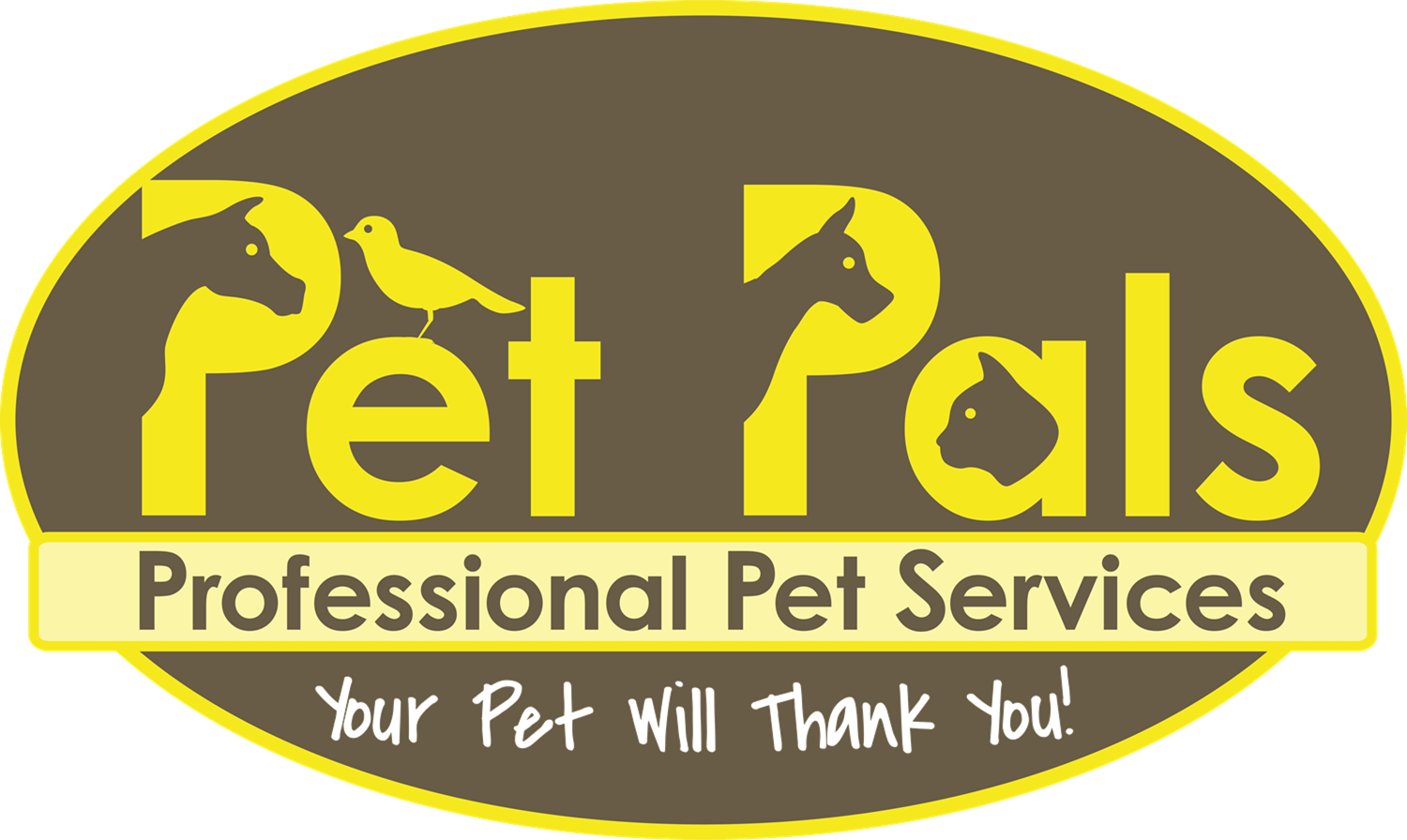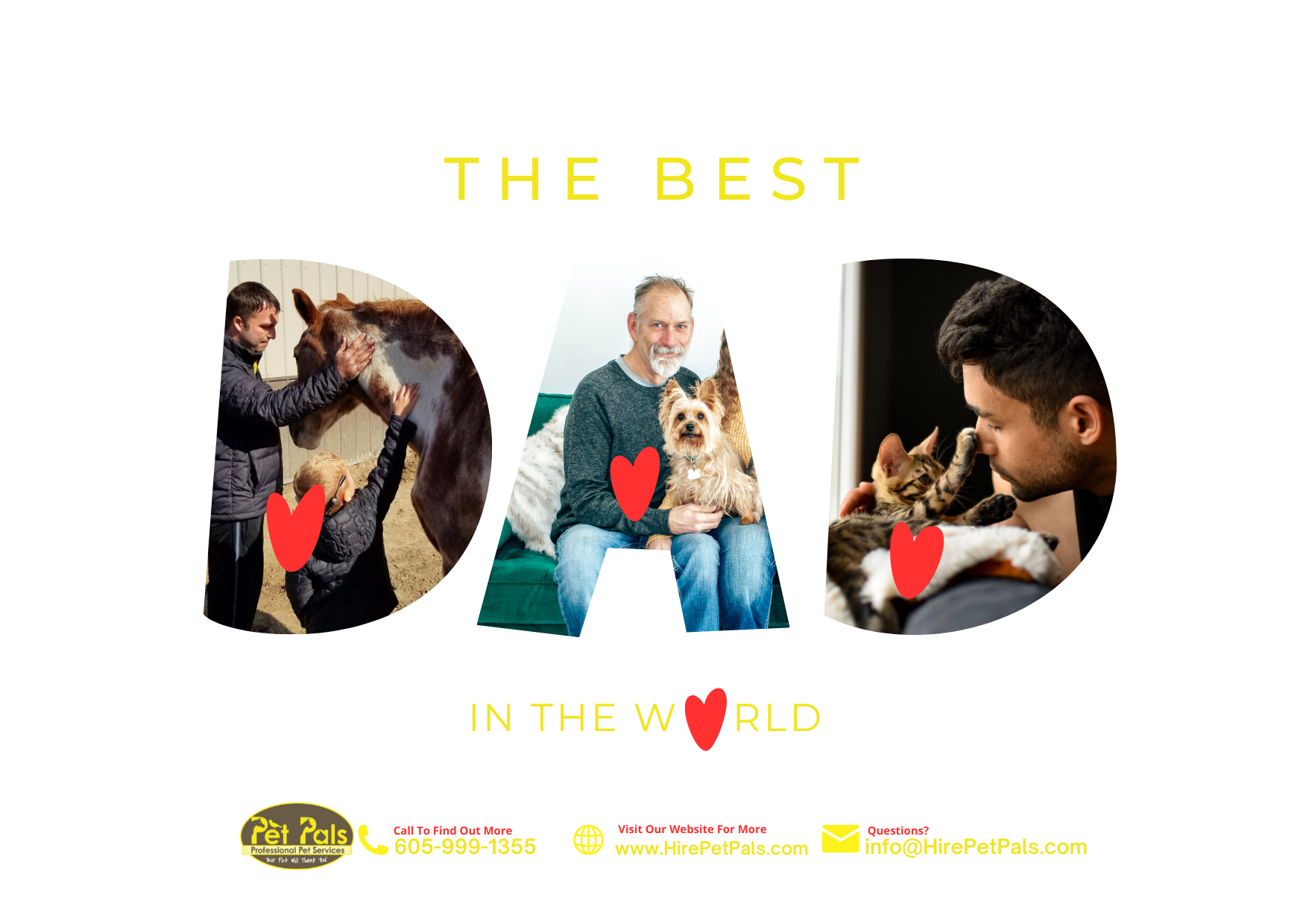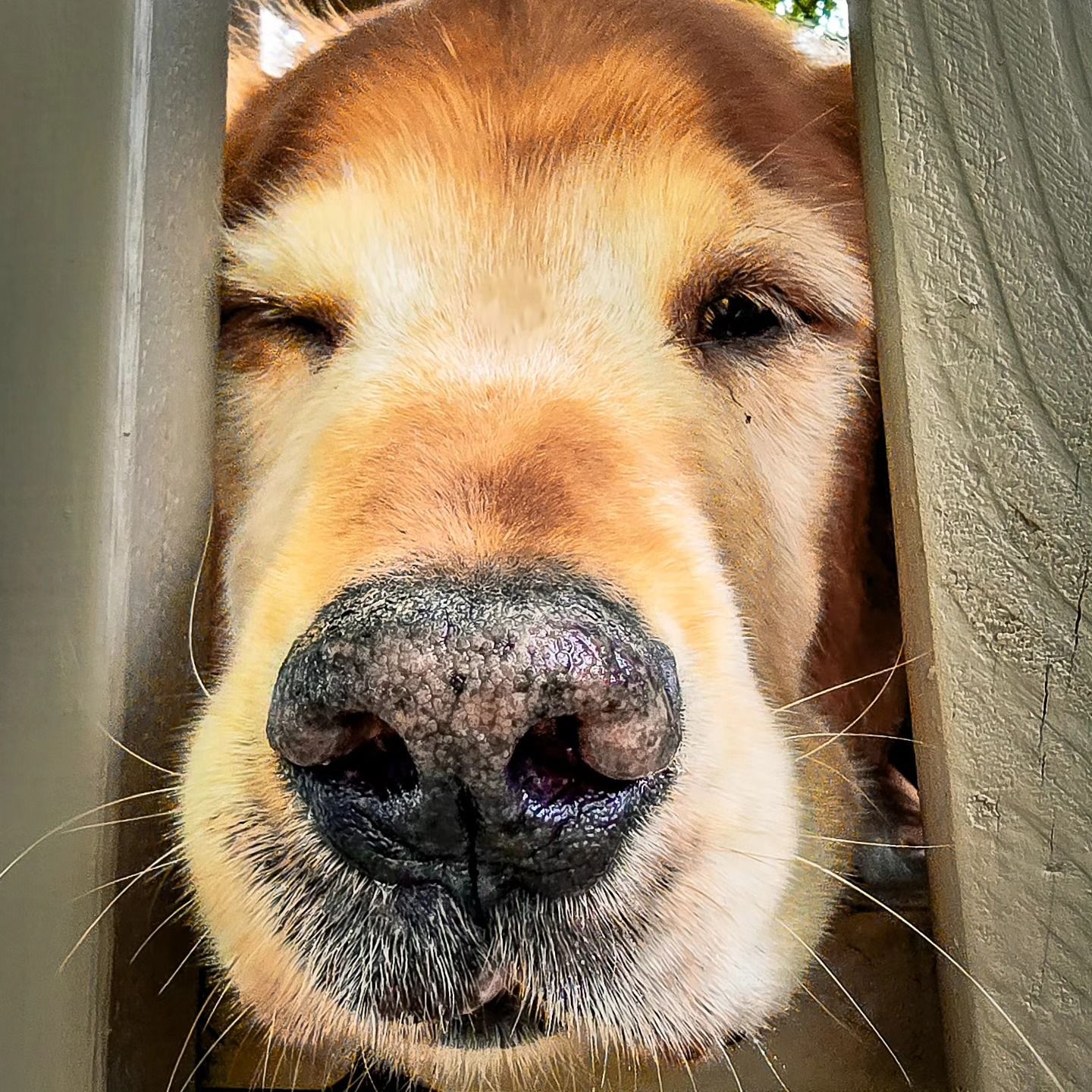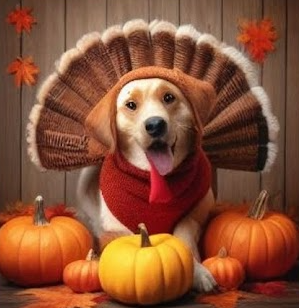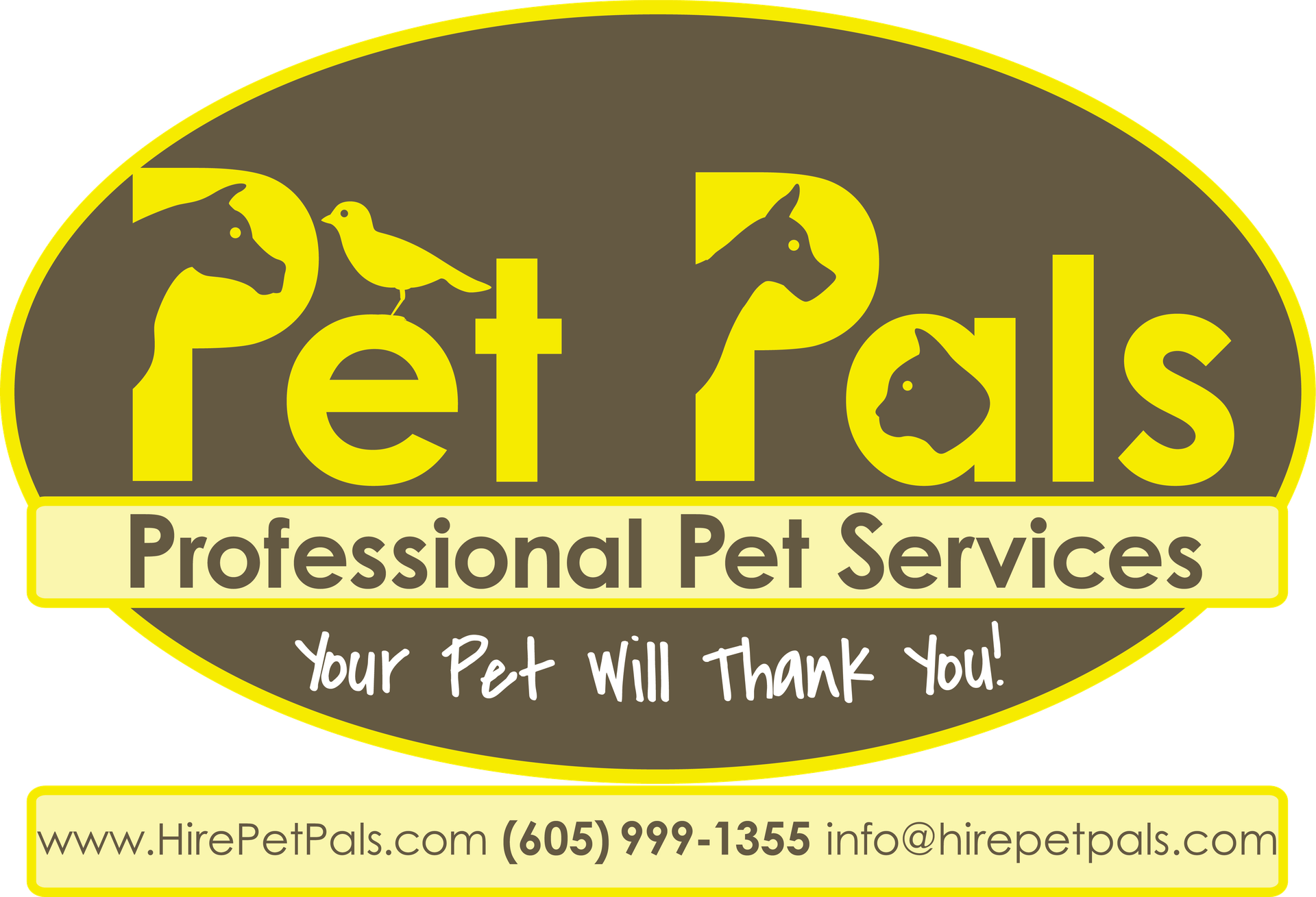Dog Fart Day!
Pet Pals LLC • May 4, 2020
Why yes, a day for celebrating (or raise awareness) Dog Farts!
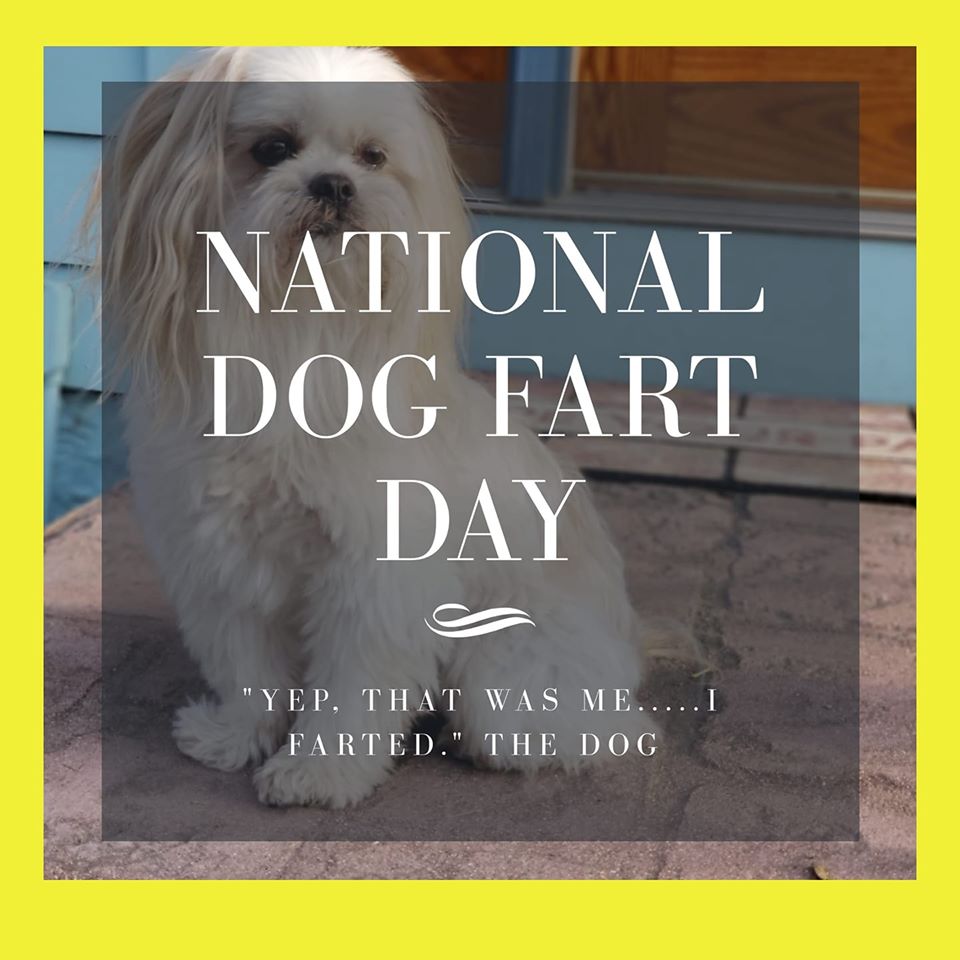
The formation of gas in the stomach or intestine is referred to as flatulence. Today most people refer to the annoying and rather offensive smell and noise associated with flatulence as a fart.
Let's face it no one enjoys sharing an environment with anyone farting, so here is some information to help you understand why your pet has to fart and what you can do to help.
The most common cause of excessive farting is a change in diet or from the dog eating something new or spoiled (dietary indiscretion). Soybeans, peas, beans, milk products, high-fat diets and spicy foods are all commonly associated with farts in dogs. Dogs and cats are lactose intolerant and if they are fed milk or dairy products they will often experience farts. Dogs that swallow air, especially those that eat rapidly, are more likely to experience more farting.
In a worst-case scenario, dog farts could indicate more severe gastrointestinal issues, such as inflammatory bowel disease or other ailments. Our research found on PetMD, "When gastrointestinal disease is the cause, there are usually other symptoms, such as diarrhea and vomiting." Also, you may be tempted to douse the area with fragrant air freshener but household deodorisers often contain ingredients that are unsafe for both you and your dog to inhale. Some of the product could get in your dog’s eyes or land on their skin causing irritation. Look for a natural room or bedding spray that is non-toxic and safe for pets
You will never be able to completely stop a dog from farting. After all, it’s just natural! The good news is that if your dog’s gas is noxious enough to clear a room, there are definitely ways you can improve the situation. If you have any tricks on how to lower the amount a dog farts, share them in the comments section below. What do you call farts in your house?
Email Submissions
Send us your email
address and we'll send you future Pet Pals emails containing promotions, event notices, blog updates, and more.
IMPORTANT:
Pet Pals is responsible and respectful with your email. We will not sell or give your email to other people and will not spam you.
